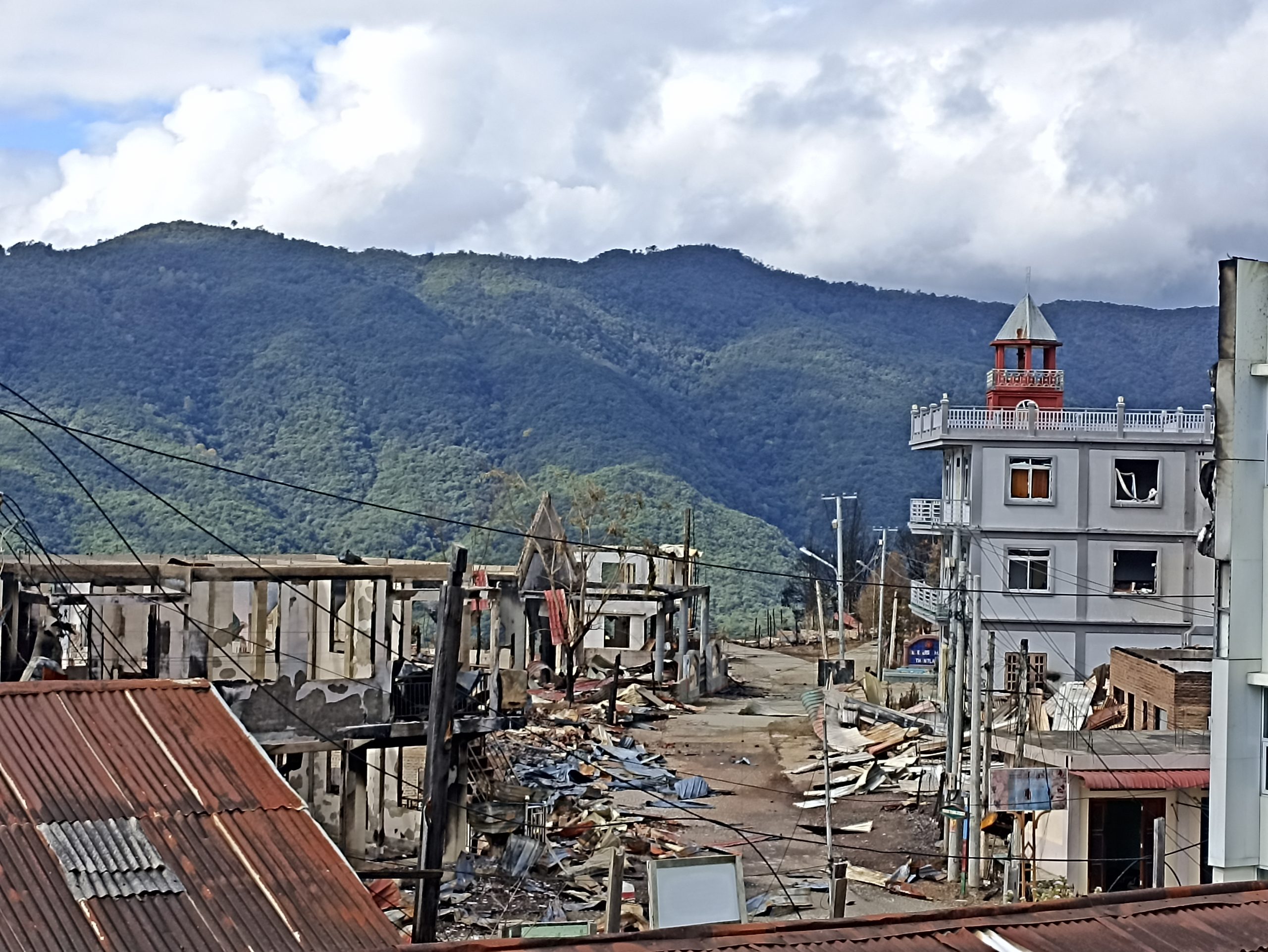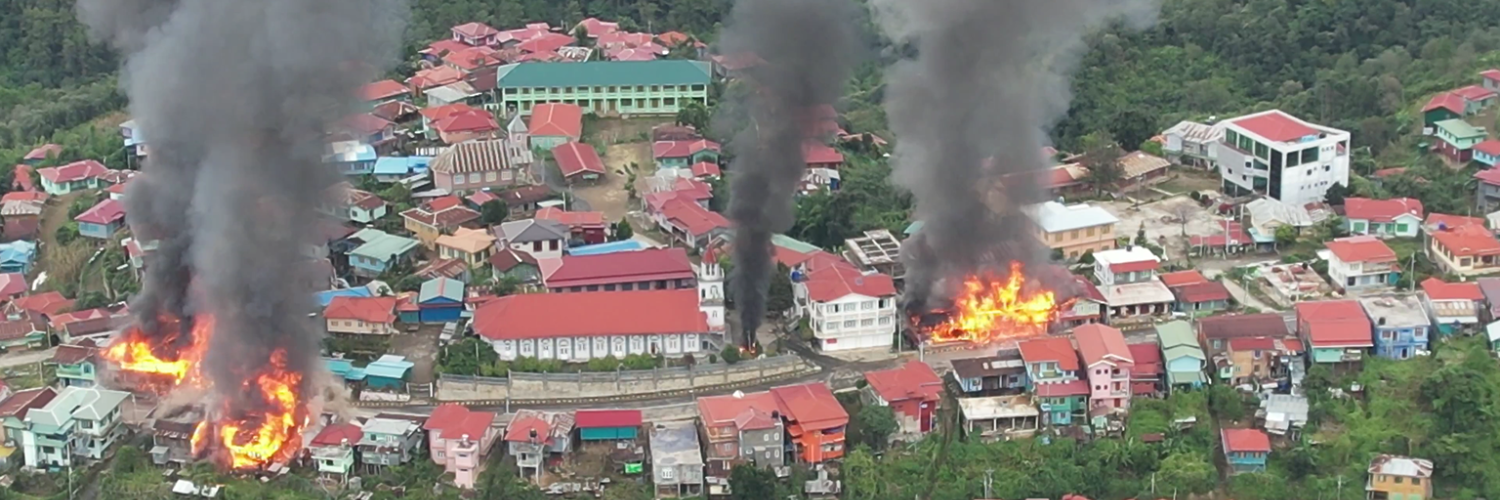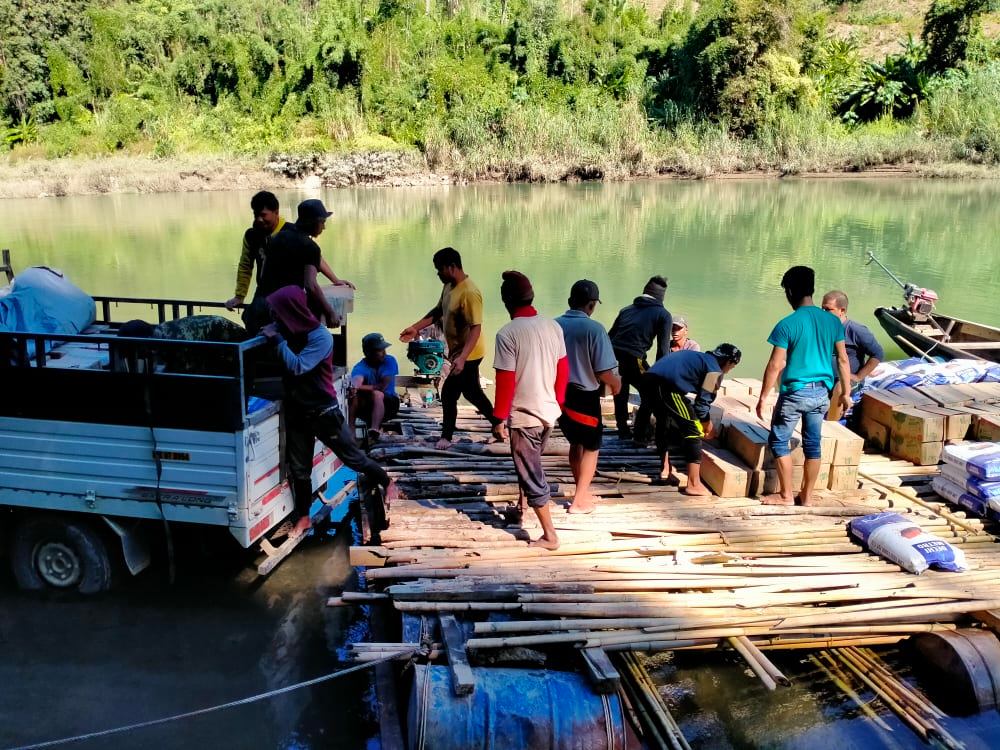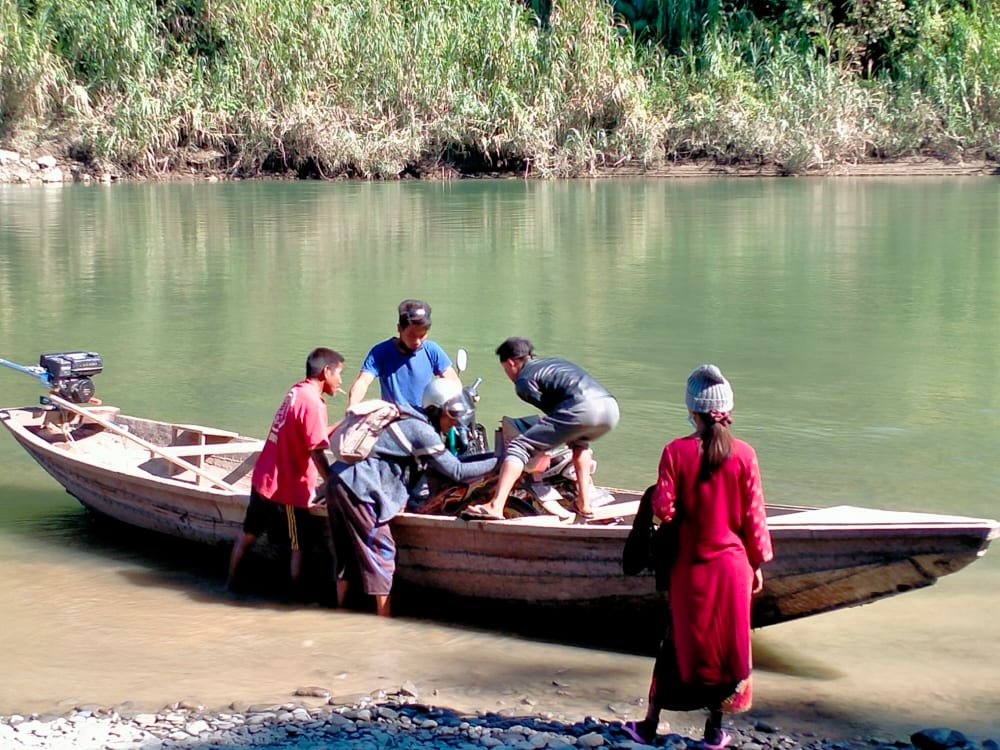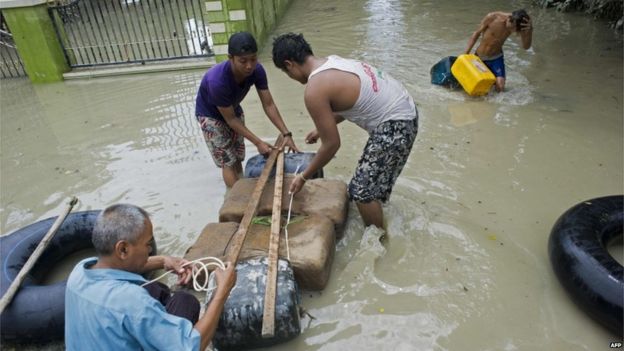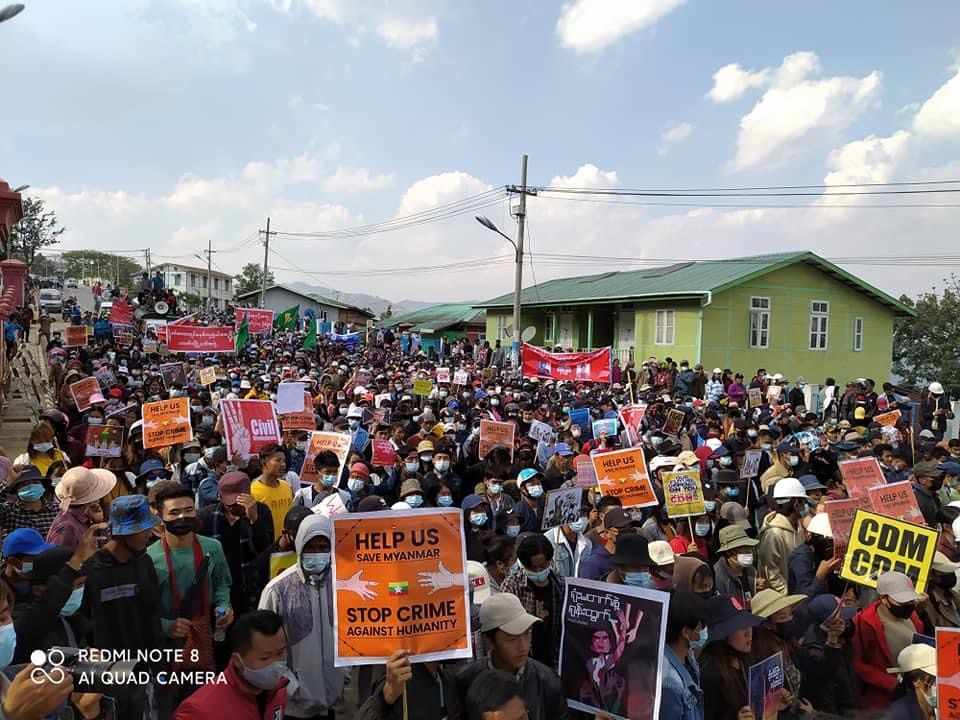
The Guardian: ‘We are not afraid’: anti-junta groups rail against Myanmar executions
The people of Myanmar are already well aware of the junta’s brutality, said Salai Za Uk Ling, deputy executive director of the Chin Human Rights Organization, which has documented atrocities, including the burning of homes and massacre of civilians, since the coup. Yet the brazenness of the executions was shocking, he added. “In such a public display of brutality,...

